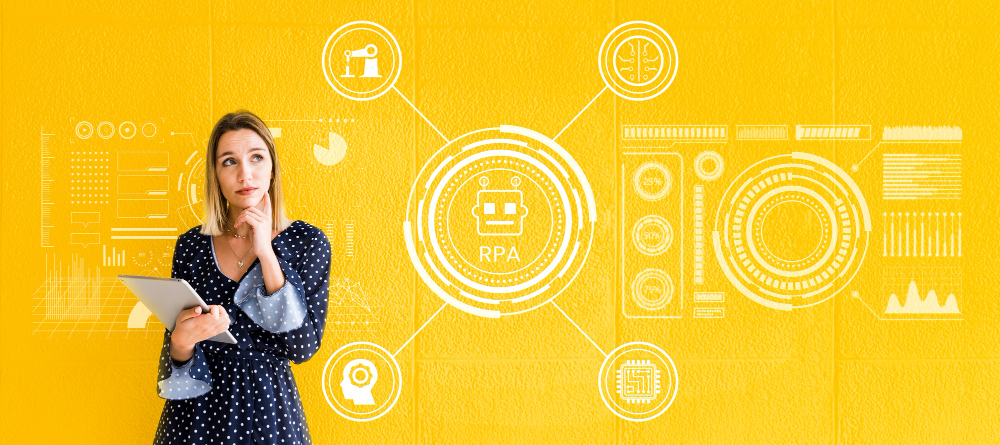
Offline marketing, long defined by posters, billboards, flyers, and packaging, has traditionally relied on manual design processes and broad, one-size-fits-all campaigns. Artificial intelligence, often associated with digital advertising and online personalization, is now entering this space.
Its tools and methods are enabling new levels of creativity, customization, and measurement in physical marketing, changing the way businesses approach printed and environmental media.
This shift is significant because offline marketing remains influential despite the rise of digital platforms. People still interact daily with printed media, product packaging, and environmental branding.
When enhanced with AI, these channels no longer need to rely purely on intuition or generic design. Instead, they can incorporate the same intelligence and adaptability that have made digital campaigns so effective, bridging the gap between online and offline strategies.
AI in Creative Design
AI-powered generative tools can create rapid design concepts from simple inputs, allowing teams to explore multiple directions at once. Instead of manually drafting endless variations of a poster or brochure, designers can test layouts, color schemes, and typography in seconds. Among marketers using generative AI, 71% say they use it at least weekly.
This speeds up the prototyping phase and frees creative professionals to refine ideas rather than spend time on repetitive adjustments. The result is faster design cycles and lower development costs without compromising originality.
Beyond visual design, AI can also support content creation for offline media. Natural language models can generate taglines, product descriptions, or campaign slogans that complement graphic elements.
Combined with image generation, this creates an integrated workflow where both text and visuals are developed in parallel. Designers retain control but are equipped with a broader set of starting points, expanding the creative horizon without inflating project timelines.
Personalized Print and Materials
Personalization is no longer limited to digital ads. AI can analyze customer data and apply those insights to physical materials. A printed catalog can highlight different products depending on customer preferences, while a flyer can be adapted to reflect local community interests.
Even packaging can be tailored to resonate with different demographic groups. By narrowing the gap between personal relevance and physical media, offline marketing becomes more engaging and less wasteful.
This approach transforms how brands view print: not as static, mass-produced media but as a flexible channel for targeted messaging. Advances in digital printing technology combined with AI-driven insights make it possible to generate multiple variations at scale without prohibitive costs.
Businesses can experiment with smaller, more personalized print runs and monitor their impact, gradually refining strategies to achieve the same level of precision found in digital personalization.
Predictive Analytics for Offline Campaigns
AI makes offline campaigns measurable in ways that were once difficult to achieve. Machine learning models can predict which billboard locations or designs will generate the most attention, drawing on historical data and real-world engagement metrics.
Computer vision systems can track how long people look at displays or how they interact with in-store signage. When integrated with digital analytics, these insights allow businesses to evaluate offline marketing with the same rigor as online campaigns.
Predictive analytics also helps optimize timing and frequency. For example, AI can estimate the best moment to refresh billboard content or the most effective period to distribute flyers in a neighborhood. By forecasting when and where an offline message will have the strongest impact, businesses can allocate budgets more strategically. This reduces unnecessary spending while ensuring campaigns reach their intended audience at the right moment.
Sustainability and Efficiency Gains
Producing large quantities of printed material without evidence of impact has been a persistent challenge. AI reduces waste by simulating campaign effectiveness before a single copy is printed. Predictive models can determine optimal print volumes, while design simulations help minimize unnecessary iterations.
Generative AI supports smarter personalization without added waste. Businesses in demand of high-quality wall calendar printing and similar products can apply AI to test multiple design options virtually, selecting only the best-performing versions for actual production. This not only ensures higher engagement but also lowers the environmental footprint by avoiding unnecessary print runs.
Another way AI supports sustainability is through lifecycle analysis. Algorithms can compare the environmental footprint of different paper stocks, inks, or packaging materials, guiding businesses toward greener choices. By aligning marketing with environmental responsibility, companies not only reduce their ecological impact but also respond to growing consumer demand for sustainability. In this way, AI-driven efficiency serves both business and societal goals.
Challenges and Ethical Considerations
The application of AI in design and marketing raises new questions. Intellectual property remains a concern when visuals are generated using large datasets that may contain copyrighted works.
Over-personalization of print materials also risks infringing on privacy if sensitive data is misused. While AI accelerates processes, human oversight is essential to ensure campaigns remain authentic, culturally appropriate, and aligned with brand identity.
Another challenge lies in trust. While AI can optimize design and distribution, consumers may grow skeptical if they perceive materials as overly engineered or manipulative. In bias research of marketing slogans generated by large language models, it was shown that demographic groups (gender, age, income) could receive systematically different thematic emphasis in AI-generated text, pointing to embedded bias risks.
Transparency in how AI is used becomes essential to maintain credibility. Businesses should frame AI as an enabler of creativity and sustainability, not a hidden manipulator, balancing technological innovation with ethical responsibility.
Conclusion
AI is not replacing designers or marketers in offline spaces. Instead, it serves as a tool to amplify creativity, efficiency, and insight. By blending data-driven intelligence with human vision, offline marketing becomes more adaptable, personalized, and sustainable.
What was once a static medium is evolving into a dynamic, measurable component of modern marketing strategies, pointing toward a future where physical and digital approaches work hand in hand.
Looking ahead, the integration of AI in offline marketing is likely to deepen. As printing technologies, predictive models, and data analysis tools mature, the boundary between physical and digital experiences will blur even further. Businesses that learn to apply AI thoughtfully in their offline efforts will not only stand out in crowded markets but also build stronger, more authentic connections with their audiences.





